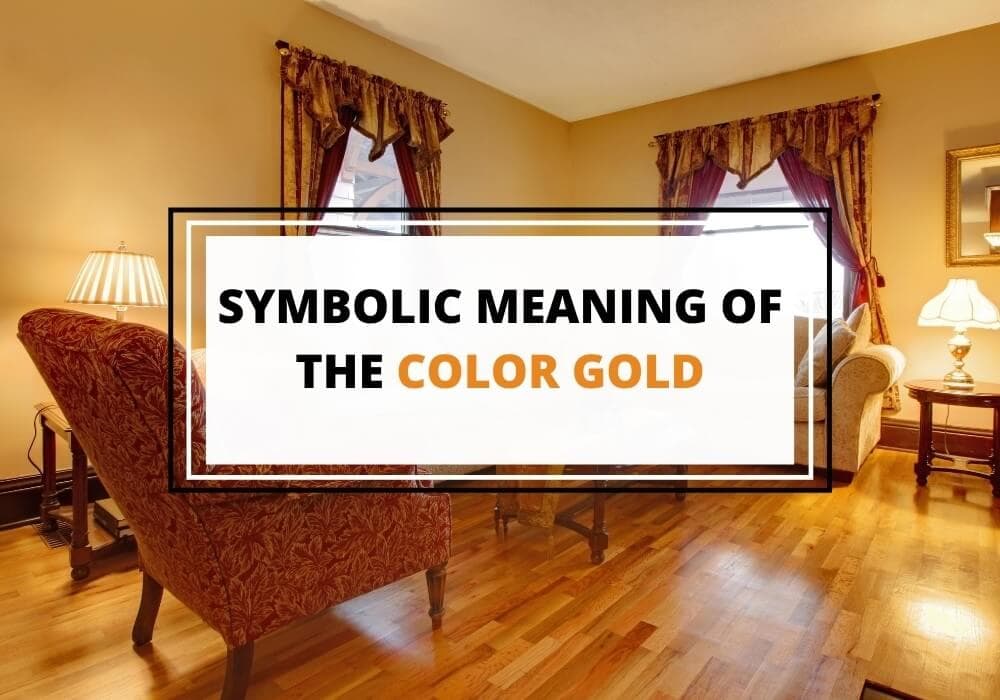
Table of Contents
The color gold is a rich, deep yellow that takes its name from the precious metal. Although the metal gold isn’t featured on the traditional painter’s color wheel, its non-metallic version ‘gold or golden’ is. The shade is associated with the metal which gives it its value.
Here’s a brief look at the history of this beautiful color, its symbolism, variations and why it’s so popular in all corners of the globe.
History of the Color Gold
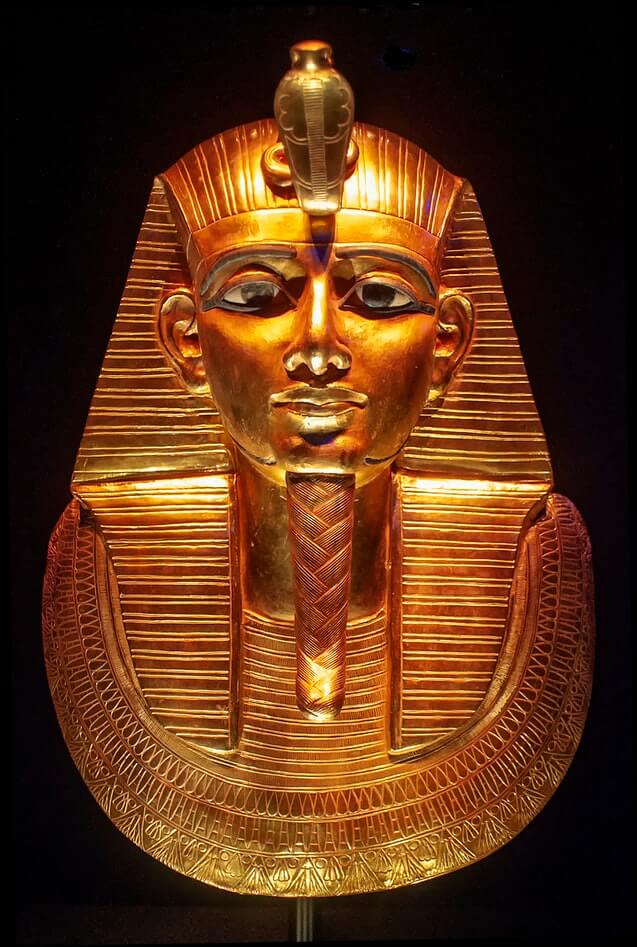
Both gold, the metal and the color, have been around for hundreds of years, but exactly when the color came into use isn’t clear. Since the color gold is actually a slight amber version of yellow, yellow ochre was the most popular pigment used for it back in the ancient times. The color is similar but not exactly the same as the color of the precious metal known as ‘metallic gold’.
Although gold was first discovered and used as money by Lydian merchants in 700 BC, the first ever recorded use of the word ‘gold’ as a color was in 1300 BC. It was made by mixing yellow, brown and orange pigments together and was quite popular in ancient Egyptian and Roman art.
1- Ancient Egypt
In Ancient Egypt, golden yellow was considered to be an imperishable, indestructible and eternal color since it represented the precious metal. The Ancient Egyptians strongly believed that the skin and bones of their gods were made of gold. The golden yellow color is often depicted in the decorations and regalia of the pharaohs as well as in royal costumes. During this time, the hue was made by adding a touch of saffron to yellow ochre to get a rich golden-yellow hue.
2- Ancient Greece
According to Greek mythology, Helios (the sun-god) dressed in golden-yellow clothes and rode his golden chariot that was drawn by 4 fiery horses. The golden yellow light that radiated from the sun represented his divine wisdom. This was one of the reasons why the Greek gods were usually depicted with yellow, blonde or gold hair.
3- Ancient Rome
In Ancient Rome, prostitutes had to bleach their hair so that they would be easily identified, and the resulting color was called ‘blond’ or ‘golden’. It also became an extremely fashionable color for hair among the aristocratic women.
What Does the Color Gold Symbolize?
Gold is quite popular among many for its subtle elegance and unique beauty. It’s the color of riches, extravagance and excess, sharing several of the same attributes of yellow. Gold is a warm color that can be cheerful and bright or traditional and serious.
Gold, the precious metal is associated with grandeur, prosperity and wealth and its color symbolizes the same. It’s the official gift for a 50th wedding anniversary and is believed to aid in wellness and health while also increasing wisdom and power.
- Gold is sacred. Gold is a sacred color in both religious and magical contexts. Its malleability and indestructible nature made it the perfect material to embody certain divine qualities. Throughout history many objects necessary for sacred rituals were made of gold.
- Gold is a positive color. Gold is an optimistic color that adds warmth and richness to everything it’s associated with. It lights up and enhances all the other things around it. It can also be glistening and shiny, representing happiness and success.
- Gold represents accomplishment. The color gold represents accomplishment. When athletes win first place in the Olympic games, they are given a gold medal which stands for the highest accomplishment. When a musician makes a gold record, it means their album has sold a minimum of 1,000,000 copies – a massive accomplishment.
Symbolism of Gold in Different Religions and Cultures
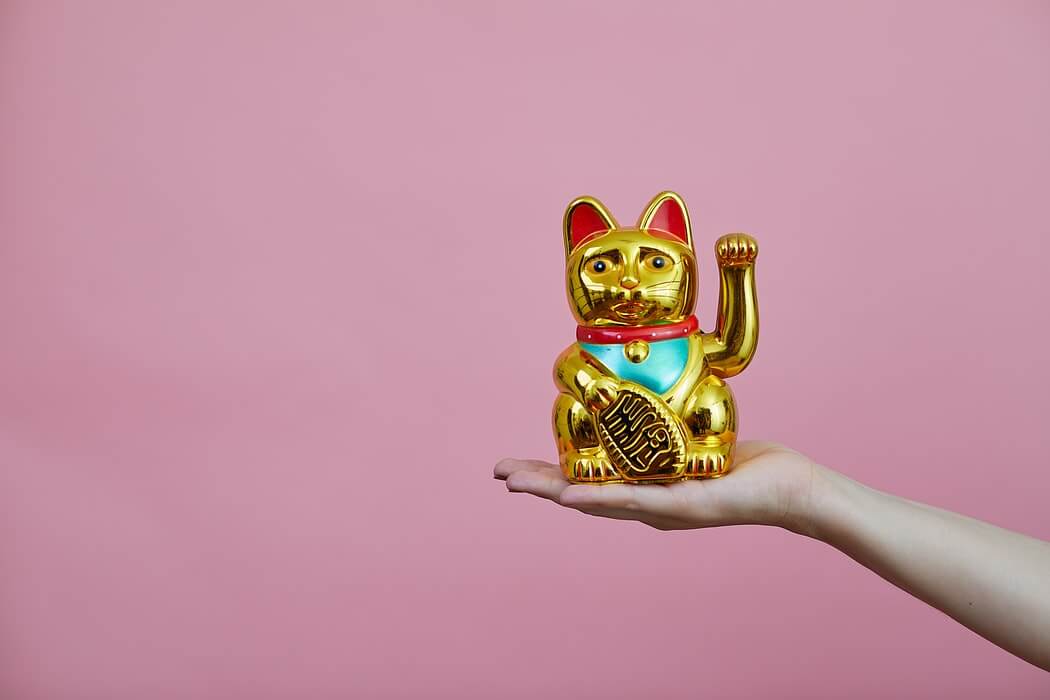
- In Canada and America, gold is a color held in high regard. It’s viewed as an intoxicating color that portrays ability and wealth, but it’s also said to indicate overindulgence and decadence.
- In South America, the color gold is mostly seen in the church and symbolizes wealth, luxury, positivity and other similar concepts.
- The Jamaicans and Cubans associate gold with seafarers, especially pirates.
- In Hinduism, gold is associated with meditation, learning and self-guided improvement. Hindu idols are usually depicted with golden halos which symbolizes their virtue and wisdom.
- In Christianity, gold is symbolic of power and divinity. Christians view the color as representing icons, which is the reason it’s featured in several mosaics. It’s said that the majestic hue of gold is a reminder of the omnipresence and the strength of God.
- In China and in Western culture, gold represents nobility and wealth. The Chinese usually have something of gold in their home to attract wealth and prosperity.
Personality Color Gold – What It Means
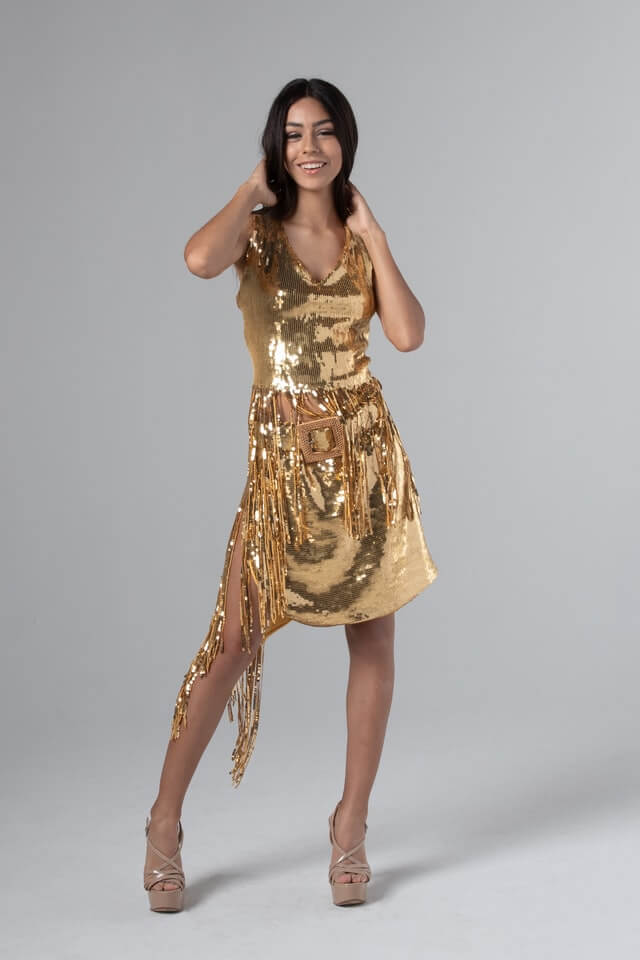
According to color psychology, your favorite color defines your personality. The color you like best can say a lot about your mental, physical and emotional states. If gold is your favorite color, take a look at the following list of character traits commonly found in people who love gold. You may not exhibit all of these characteristics, but you’re sure to find some similarities.
- People who love gold are compassionate and loving. They tend to make others feel empowered when in their presence.
- They love luxury and look for the best quality in everything. Lucky for them, they’re also very successful while searching for and acquiring material wealth throughout their life.
- They have excellent leadership qualities and enjoy sharing their knowledge and wisdom with others.
- They tend to be honest and genuine.
- Personality color golds (or people who love gold) are cheerful, friendly and outgoing. They’re happy within themselves and it radiates from them.
- They may find it hard to trust others at times.
- They can tend to take on too much which makes them stressed, overwhelmed and anxious.
- They can be discriminating and selective when it comes to selecting a partner.
Positive and Negative Aspects of the Color Gold

Certain colors can influence the mind in both a positive and negative way and gold is one of these colors.
Gold can help increase your mental and physical health while also illuminating your path toward your future goals and bringing you success. Since it’s quite similar to yellow, it can make you feel energized and cheerful. The lighter and brighter the shade of gold, the more optimistic and happier you will feel.
The color gold is also believed to assist in attaining spiritual enlightenment. It can inspire you to gain more knowledge and a deeper understanding towards your own self and soul. It can also help you to be organized, to work hard and to pay closer attention to details.
On the negative side, being surrounded by too much gold can instil a fear of wealth, success or failure in your mind, leading to anxiety and low self-esteem. It can also cause trigger migraines or make you feel drab and lethargic. Sometimes too much gold can bring out the worst in a person, making them more self-centered and demanding.
Types of Gold
Gold is a diverse color with a large range of hues and shades. Here are some of the best-known gold shades that are in use today.
- Antique Gold (or Old Gold): this shade of gold ranges from a light olive color to a dark, yellowish orange. It’s the color of aged gold metal and is seen as somber and sophisticated.
- Light Gold (or Pale Gold): this color is more a mixture of white and brown that it is pure gold, which makes it a lot calmer and understated than bright gold hues. It’s associated with sand, blond hair and fields of wheat, with ties to nature.
- Golden Brown: typically used to describe the ideal color of fried food and baked cakes, golden brown is made by mixing brown, yellow and gold. It’s a homely golden hue which has a very warming and comforting nature.
- Golden Yellow: this is a more fun, youthful and playful version of the color gold. Made by combining yellow, orange and a pinch of magenta, golden yellow is a breezy, optimistic and friendly color that’s sure to lift your spirits.
- Vegas Gold: this is an olive-gold shade often used in glamorous hotels and casinos located on the Las Vegas Strip, which gives it its name.
- Golden Poppy (or Goldenrod): this is a shade of gold that was associated with poppy flowers.
The Use of Gold in Fashion and Jewelry
Gold is the quintessential color for jewelry, with gold and gold-toned accessories having being popular for millennia. Gold jewelry is considered classic and classy, but in recent years, silver-toned jewelry has overtaken gold, especially when it comes to wedding and engagement rings.
Golden wedding gowns are becoming a trend, helping the bride to stand out easily from the rest of the crowd and look glamorous. In India, brides usually choose to wear saris made of silk and embroidered with golden threads. In Morocco, some women wear bridal gowns made of bright yellow-gold.
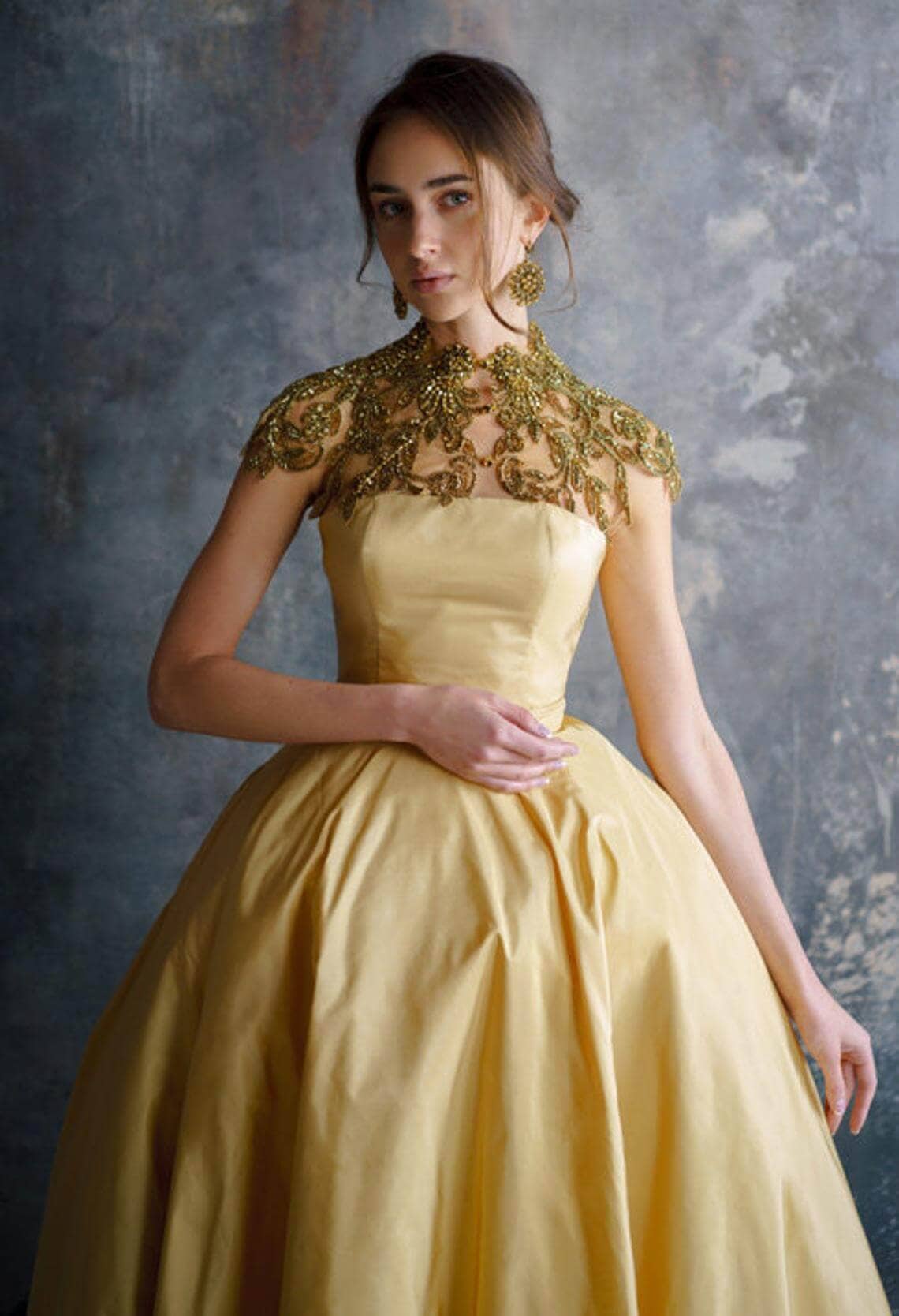
Gold looks exceptionally gorgeous on darker skin tones as it’s a warm color, especially in high karat colors (over 22k). Paler gold shades tend to complement cool skin tones.
When it comes to choosing colors that go with gold, the first on the list are black and white. Any shade of blue also goes well, as well as green and gray. If you’re having trouble choosing matching colors for your golden clothing items, try using a color wheel as it will help you to mix and match.
In Brief
The color gold remains a valuable and classy color due to its association with the metal. The shade is often used in the world of fashion and is a staple in jewelry. Gold can come across as ostentatious and extravagant, but in small doses, it’s a stylish, elegant color with a variety of uses.








